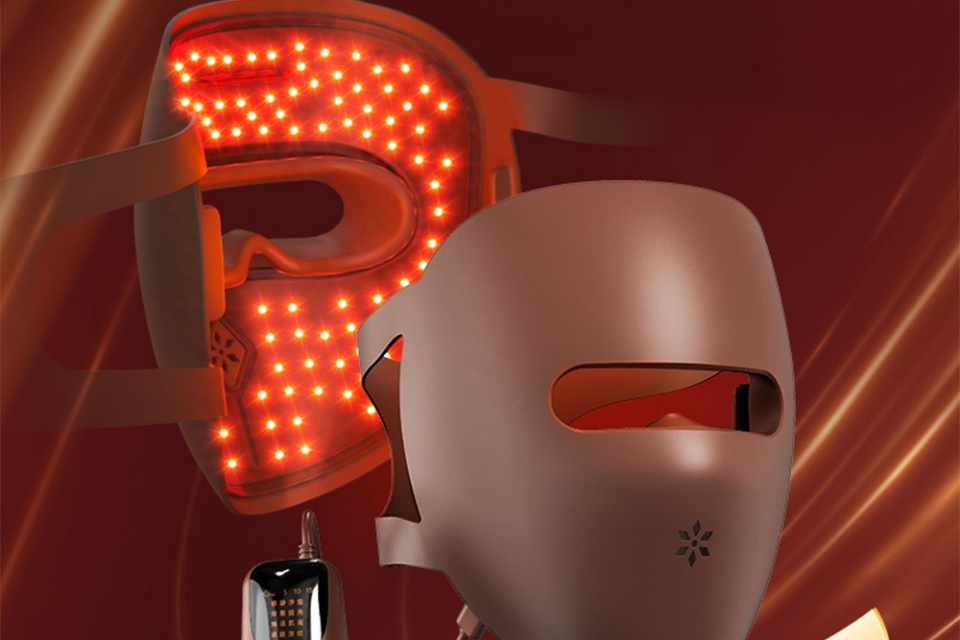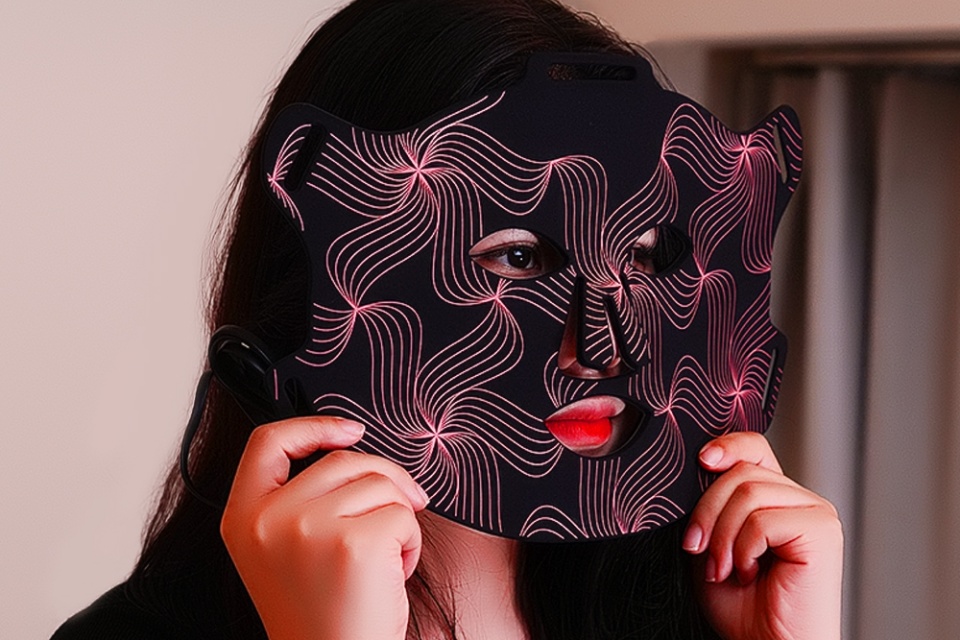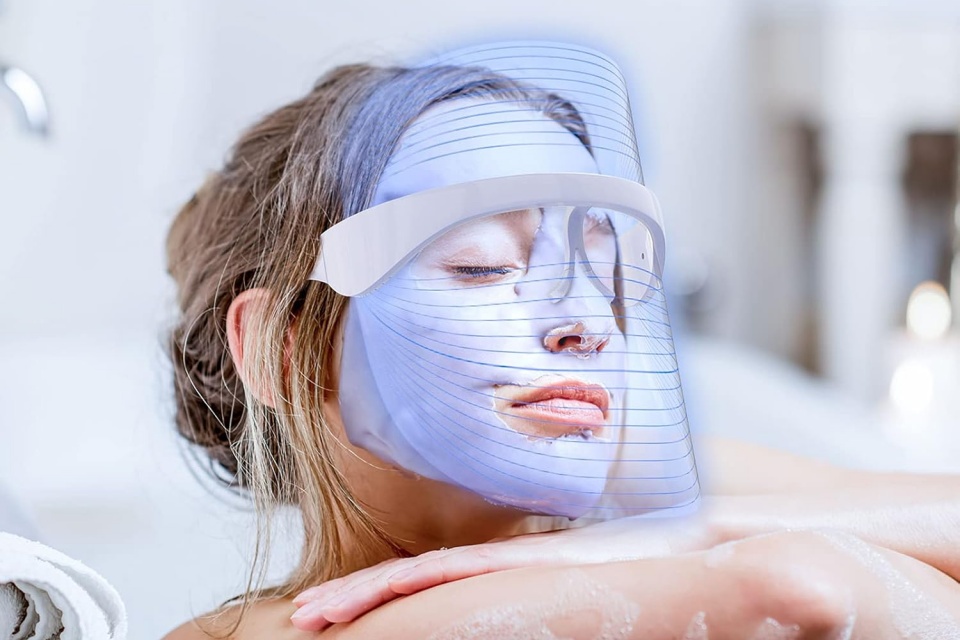Should You Use Led Daily? Recommended Usage Schedules
Summary
Lead Section: Should You Use LED Daily? Recommended Usage Schedules
The increasing prevalence of Light Emitting Diodes (LEDs) in both residential and commercial settings has sparked discussions about their daily usage and potential health benefits. LEDs are widely recognized for their energy efficiency, lasting up to 80% longer than traditional incandescent and compact fluorescent bulbs, which significantly lowers electricity costs and reduces environmental impact through decreased carbon emissions. This has led to a growing interest in optimizing the usage of LED lighting, particularly concerning health-related outcomes associated with exposure to different wavelengths of light.
Daily LED usage, especially in the context of light therapy, has been linked to various health benefits, including improvements in skin conditions and mood enhancement, particularly for individuals suffering from seasonal affective disorder (SAD) or sleep disturbances. However, the increase in LED exposure also raises concerns about potential adverse effects, particularly due to blue light emission, which has been shown to disrupt circadian rhythms and may lead to eye strain and long-term vision problems. As a result, establishing recommended usage schedules becomes critical to harnessing the advantages of LED lighting while minimizing risks.
Guidelines for daily LED use suggest that exposure durations should typically be between 20 to 30 minutes for therapeutic purposes, while evening lighting should be adjusted to reduce blue light exposure, particularly in the hours leading up to sleep. Furthermore, it is essential for users to consult with healthcare professionals to tailor their LED usage effectively based on individual health conditions and goals. This nuanced approach aims to balance the positive aspects of LED technology with an awareness of its potential drawbacks, fostering a healthier and more sustainable lighting environment.
As the body of research on LED technology continues to grow, ongoing discussions highlight the necessity of understanding both the benefits and risks associated with daily LED usage. The scientific community remains engaged in exploring the long-term implications of increased LED reliance, with a consensus emerging around the need for responsible and informed usage to maximize health benefits while safeguarding against possible hazards.
Benefits of Daily LED Usage
Daily usage of LED lighting offers numerous advantages that enhance both energy efficiency and health.
Health Benefits
Beyond energy efficiency and cost savings, daily exposure to certain types of LED lighting can have positive health effects. For instance, the use of specific wavelengths of light in LED devices has been shown to improve skin health by promoting collagen production and reducing symptoms of various skin conditions. Regular use of red light therapy, which utilizes LED technology, may also aid in the treatment of inflammatory skin disorders and enhance overall wellness.
Environmental Impact
The shift to daily LED use is beneficial for the environment, as these lights consume less electricity, leading to a reduction in carbon emissions, especially in areas reliant on fossil fuels for power generation. By decreasing overall electricity demand, the widespread adoption of LEDs contributes to a more sustainable energy future.
Energy Efficiency and Cost Savings
One of the most significant benefits of using LEDs daily is their energy efficiency. LEDs consume up to 80% less energy compared to traditional incandescent and compact fluorescent (CFL) bulbs, leading to substantial savings on electricity bills over time. By making the switch to LED lighting, households and businesses can save hundreds of dollars annually, particularly in environments where lighting needs are extensive, such as commercial spaces and street lighting projects. Furthermore, the longevity of LED bulbs, often exceeding 25,000 hours, means fewer replacements are necessary, further reducing maintenance costs and disruptions.
Longevity and Durability
LED lights are designed for durability, with lifespans significantly longer than traditional lighting options. While incandescent bulbs typically last about 1,000 hours and CFL bulbs around 8,000 hours, LED bulbs can last between 25,000 to 50,000 hours. This extended lifespan not only minimizes the frequency of replacements but also decreases the environmental impact associated with bulb disposal. The robust construction of LEDs also makes them resistant to shocks and vibrations, making them suitable for various settings, including residential and industrial environments.
Recommended Usage Schedules
When considering the use of LED lights and light therapy devices, establishing a recommended usage schedule is essential for optimizing benefits while minimizing potential drawbacks. This section outlines guidelines for daily schedules, including timing, duration, and frequency of use.
General Guidelines for Light Therapy
For individuals utilizing light therapy at home, general recommendations suggest exposure sessions lasting between 20 to 30 minutes each. This duration is often suitable for addressing various health concerns, such as seasonal affective disorder (SAD) or sleep disorders. Daily sessions are typically advised, particularly in the morning, to maximize the positive effects on mood and circadian rhythms. However, it is important to find a balance to avoid overexposure, which could lead to adverse effects.
Evening Light Exposure
For those incorporating LED lighting into their evening routines, it is crucial to minimize blue light exposure in the hours leading up to bedtime. Research indicates that light used in the evening should contain as little blue content as practically possible to prevent circadian disruption. Recommendations suggest dimming indoor lighting or using lights with reduced blue content during the three hours prior to sleep, which can help mitigate any potential negative impacts on sleep quality.
Device Longevity and Usage Frequency
While LED lights are often marketed to last up to 50,000 hours, real-world usage may yield varied results, with some users reporting significantly shorter lifespans due to factors such as installation and operational habits. In commercial settings, LEDs typically run between 8 to 12 hours daily, leading to an expected lifespan of around 15 to 20 years under those conditions. For home use, adherence to the manufacturer's instructions regarding daily usage is vital to ensure the longevity and effectiveness of the devices.
Consultation with Professionals
To tailor a light therapy regimen effectively, consulting with healthcare professionals is advisable. They can provide personalized recommendations based on individual health goals and conditions, ensuring that users achieve the best outcomes from their light therapy experiences while adhering to safe practices.
Potential Risks and Considerations
The use of LED technology has become ubiquitous in modern life, raising concerns about potential health risks associated with prolonged exposure to LED light, particularly blue light. This section explores the risks and considerations associated with daily LED use.
Eye Strain and Digital Eye Strain
One of the most immediate concerns is the risk of eye strain, commonly referred to as digital eye strain or computer vision syndrome. Symptoms can include blurry vision, dry and irritated eyes, and headaches. Studies indicate that prolonged exposure to blue light emitted by LED screens can exacerbate these issues, leading to discomfort for those who spend significant time in front of digital devices.
Impacts on Sleep
Another consideration is the impact of blue light exposure on circadian rhythms and sleep quality. Research suggests that blue light can disrupt the natural sleep-wake cycle, making it harder for individuals to fall asleep and obtain restful sleep. This disruption has been linked to an increased risk of various health problems, including depression, obesity, and heart disease. Experts recommend reducing screen time before bed or using filters that minimize blue light exposure to promote better sleep.
Long-term Eye Health Risks
There is growing concern regarding the potential long-term effects of blue light exposure on eye health. Some studies have indicated that prolonged exposure could contribute to age-related macular degeneration (AMD), a serious eye condition that can lead to vision loss. This is thought to occur because blue light penetrates deep into the retina and may trigger toxic reactions in photoreceptor cells. While research in humans is still limited, animal studies have shown that blue light can damage retinal cells, raising alarm about its potential long-term implications for eye health.
Recommendations for Reducing Risks
To mitigate the risks associated with LED use, several strategies are recommended.
- Adjusting Screen Brightness: Lowering the brightness of screens, particularly in low-light conditions, can help reduce eye strain.
- Taking Breaks: Following the 20/20/20 rule—taking a break every 20 minutes to look at something 20 feet away for at least 20 seconds—can help alleviate discomfort.
- Utilizing Protective Lenses: Wearing blue-light-blocking lenses or anti-reflective lenses may offer additional protection against the effects of blue light. Intraocular lenses used after cataract surgery are also designed to reduce exposure to harmful blue light.
Scientific Research and Studies
Overview of Research on LED Lighting
Recent studies have explored the implications of LED lighting on human health, particularly in relation to circadian rhythms and potential health risks. A consensus survey involving 248 scientists who specialize in circadian rhythms and light interactions aimed to clarify established findings and highlight areas requiring further investigation. The survey revealed that while there is a general agreement on the benefits of increasing energy efficiency through LED technology, there are significant concerns regarding potential circadian disruption and health risks associated with certain types of LED lighting.
Survey Design and Findings
The consensus survey was structured to assess the scientific community's views on various statements regarding circadian light and its effects on human health. It included 40 statements, of which 30 were focused on factual conclusions derived from existing literature. Participants responded using a five-point scale that ranged from "Don’t Know" to "Well-Established" for factual conclusions, and from "Strongly Disagree" to "Strongly Agree" for policy statements. The survey aimed to distill consensus on core principles that could be communicated to the lighting industry and consumers.
Despite the extensive body of literature on circadian rhythms and light—over 1,000 publications annually—there were 15 statements on which consensus was not achieved, indicating areas where further research is necessary. This underscores the importance of ongoing investigation into the effects of lighting on human health, particularly as reliance on LED technology increases.
Health Risks Associated with LED Exposure
The scientific community has raised concerns about potential health risks linked to exposure from LED lights, particularly regarding eye health and sleep quality. Research suggests that prolonged exposure to LED screens and lighting may lead to issues such as eye strain, blurred vision, and even headaches. Additionally, there are warnings that certain LED technologies, especially those emitting high levels of blue light, could disrupt circadian rhythms and affect sleep patterns.
LED light therapy, while generally considered safe, is still subject to scrutiny concerning its long-term safety. Users are advised to consult dermatologists before utilizing such therapies to ensure appropriate and safe application.
 English
English Español
Español Português
Português Pусский
Pусский Français
Français Deutsch
Deutsch 日本語
日本語 한국어
한국어 Italiano
Italiano عربى
عربى


